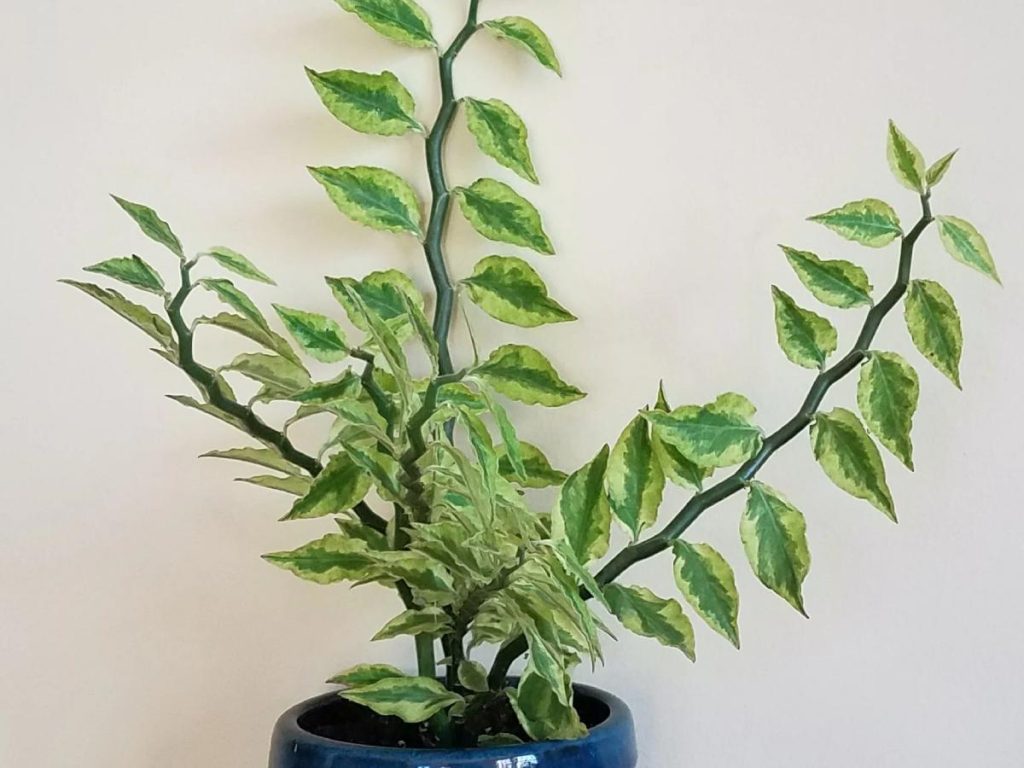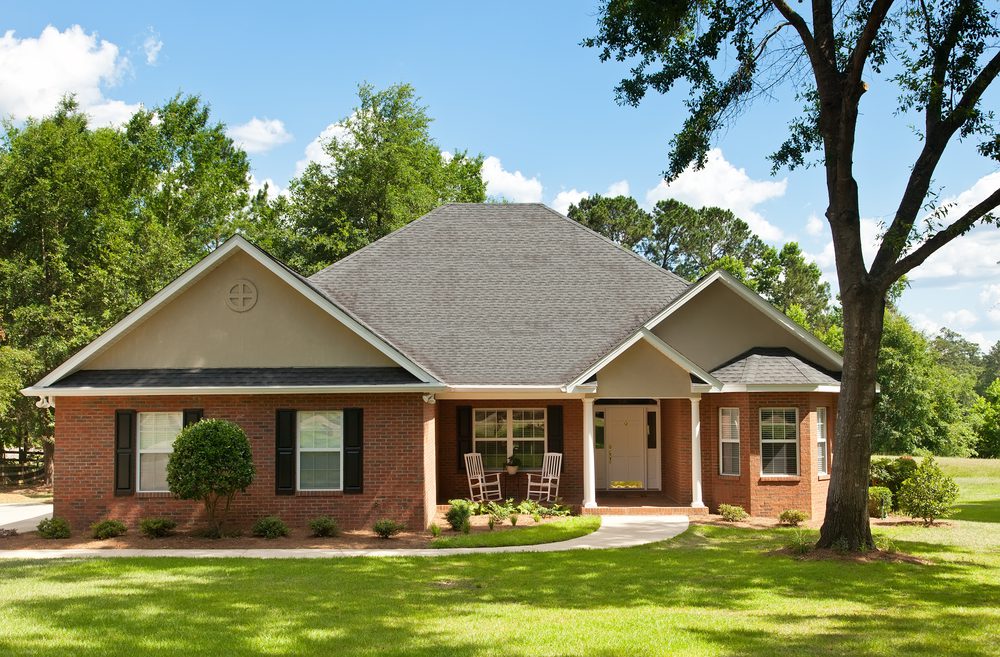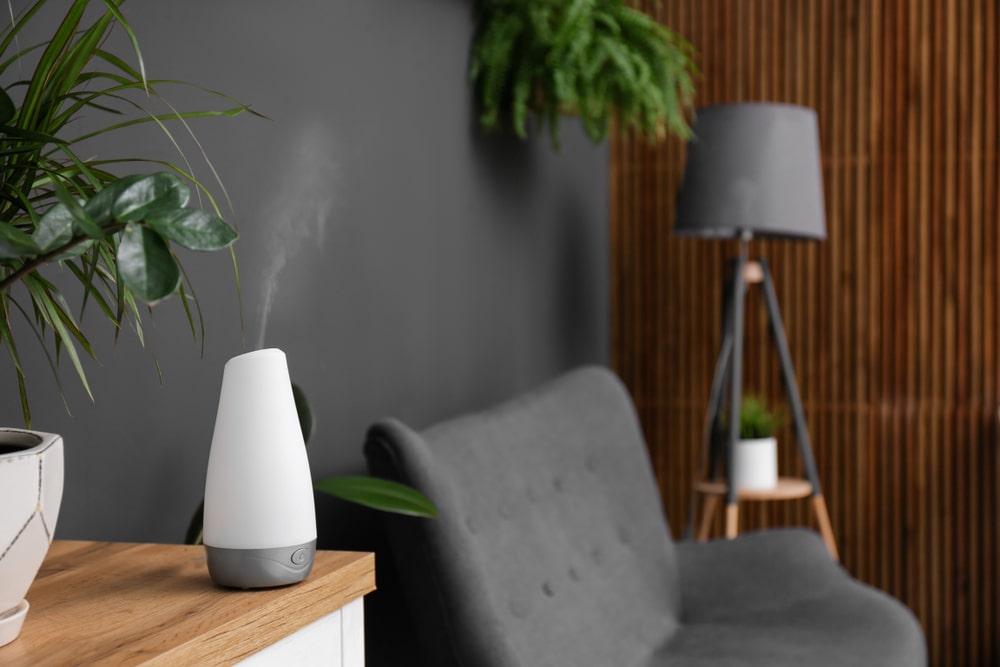The Devil’s Backbone plant is one of the most intriguing houseplants you can have in your home. It has a unique look and feel to it, not to mention its unusual appearance will make your guests take notice.
If you’re a fan of this wonderful plant or just want to know more about it, you’re at the right place! Here are answers to 15 essential questions about the Devil’s Backbone plant.

1. Is the Devil’s Backbone Succulent?
Yes! It’s a succulent plant with thick leaves that store water and remain green throughout the year. The plant’s thick, fleshy leaves and stems provide the water it needs to survive.
These water-retaining organs are very different from most other plants, which use their roots to store water.
The Devil’s Backbone grows in dry places and can withstand long periods of drought.
2. What Is the Scientific Name of the Devil’s Backbone?
The scientific name of the Devil’s Backbone plant is “Euphorbia tithymaloides.” Unlike other species of Crassula, there is no common name for the Devil’s Backbone.
The Devil’s Backbone plant is a member of the Crassula family. Crassula has around 1000 species. Its other name is the “parrot bush” or “jade plant” plant family.
3. Is Devil’s Backbone an Indoor Plant?
The Devil’s Backbone is a succulent plant. As such, it can grow indoors as a houseplant. However, you should bear in mind that the plant will grow larger as it matures. So, if you want to keep the plant small, it’s best to keep it in a small container for as long as possible.
If you choose to grow Devil’s Backbone as a houseplant, it’s best to put it in a sunny window. You should repot it into a smaller container every year to keep the Devil’s Backbone small.
4. What Time Does the Devil’s Backbone Open?
You can enjoy the plant’s beautiful flowers all year round. However, you’ll notice that they are more prominent in the summer months. The flowers are smaller than the leaves and have a red and yellow color.
In addition, they are particularly appealing to bees and other pollinators. The plant’s flowers also have a unique smell that resembles a cross between almonds and vanilla. The smell attracts bees and makes the plant even more attractive.
5. How To Root the Devil’s Backbone Plant?
If you want to propagate your existing Devil’s Backbone plant, you can do so by taking a cutting and rooting it.
To do this, you’ll need a sharp knife and a pot of soil. Make a clean cut on the stem and remove a section of the plant’s stem.
Then, put the plant segment into the soil and leave it to grow.
You should keep the soil moist and put the pot in a warm, sunny place.
If done correctly, you’ll have a new plant growing in a few weeks’ time.
6. How often Should I Water My Devil’s Backbone Plant?
All succulent plants are different. You should check to see what works best for your Devil’s Backbone plant.
If the soil is dry, water the plant. However, don’t water the plant if the soil is still wet. The best way to know when your plant needs water is to check the soil. If it is dry, give the plant water.
Your plant should be in a small container so the water can easily evaporate from the soil. If the water doesn’t evaporate, the soil will get too wet and cause the roots to rot.
If the soil is wet, you can leave it for a day or two before you water the plant again. The ideal soil for a succulent is one that is slightly damp but not too wet.
7. Can a Devil’s Backbone Plant Outside?
It’s best to keep the Devil’s Backbone indoors as it won’t survive the cold weather. If you want to grow it outside, it’s best to wait until spring. You can plant the plant outside in a pot or in the garden where it can survive through the winter.
You can also wrap the pot with a layer of insulating foam to protect it from extreme weather.
8. What Types of Devil’s Backbone Plants?
There are many different types of Devil’s Backbone plants. The different varieties that you can find range from miniature varieties to large houseplants.
There is also a variety of colors and leaf types, making it easy to find a plant that matches your home’s décor.
The Devil’s Backbone plant comes in green, red, and variegated varieties.
The plant’s growth rate and appearance differ between varieties. Depending on the type of plant you choose, it can take up to 5 years for the Devil’s Backbone to reach its full size.
9. How Big Is a Devil’s Backbone Plant When Grown?
The Devil’s Backbone plant will grow to a maximum height of 24 inches when it’s mature. The plant can also reach a width of 12 inches. This means that the plant can grow to a size of 3 feet across. While it can reach these dimensions indoors, it will take several years for it to reach this size.
The Devil’s Backbone plant is one of the slowest-growing indoor plants. It can take a few years for the plant to reach its full size. You can speed up the growth rate of your plant by providing it with the right amount of light, water, and nutrients.
10. Is Devil’s Backbone Poisonous?
The Devil’s Backbone plant is not poisonous to humans. But, keep in mind that it is toxic to pets and cats. Cats can become sick or even die if they ingest the plant. So, if you have cats in your home, it’s best to keep the plant out of their reach.
11. Why Are the Leaves of the Devil’s Backbone Plant Curling?
The leaves of the Devil’s Backbone plant are curling because of the way that they are constructed. Leaves are made up of many small leaflets that overlap and are laid out in a circle.
The winds that whip around the plant can cause the leaflets to curl up due to the uneven pressure applied to them.
12. Why Is the Devil’s Backbone Plant Drooping?
The Devil’s backbone plant is drooping because of a lack of sunlight. The plant is drooping because it isn’t able to make energy through photosynthesis.
13. Why Is My Devil’s Backbone Wilting?
There are a few potential causes of this condition, but the most common is dehydration. If your devil’s backbone is wilting, it may be because your devil’s backbone is not getting enough water. Make sure to keep your devil’s backbone hydrated by giving it water regularly.
Another potential cause of the wilting devil’s backbone is overcrowding. If there are too many devil’s backbone in one tank, they may be competing for resources, and this fact can lead to wilting.
Lastly, the devil’s backbone can also be affected by things like temperature and light in the environment. If the environment is too hot or too cold, it can cause the devil’s backbone to wilt.
14. Why Is Your Devil’s Backbone Plant Turning Pink?
The Devil’s Backbone plant may be turning pink due to a problem with the plant’s water supply. If the water supply is not working properly or if the water is too hard or too soft, the plant may start to turn pink.
15. What Stores Sell Devil’s Backbone?
You can find Devil’s backbone plants in various places, such as online or in brick and mortar stores.
Final Thoughts
The Devil’s Backbone plant is a strikingly beautiful and interesting plant to have in your home. It has an unusual appearance and its flowers are also very attractive.
If you’re thinking of getting your hands on one of these amazing organisms, make sure you research them first.
Keep in mind that they are slow-growing plants that need patience and care.
Don’t forget to water them regularly and put them in a sunny spot.
Finally, remember to keep an eye out for pests such as spider mites and mealybugs.







